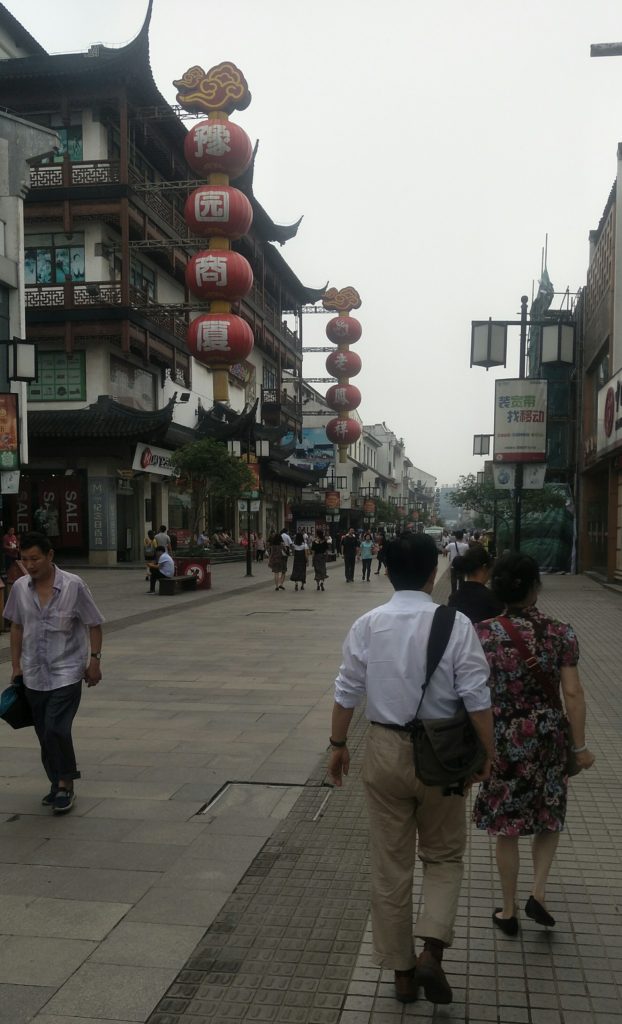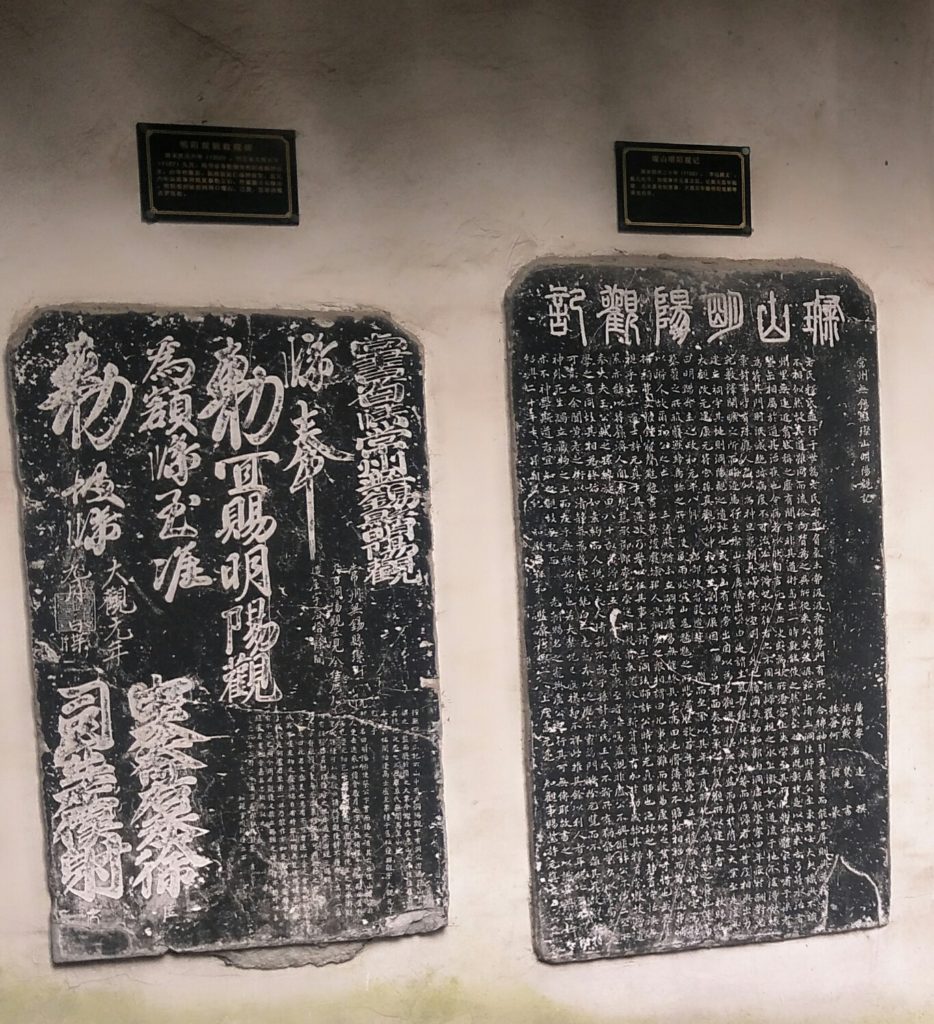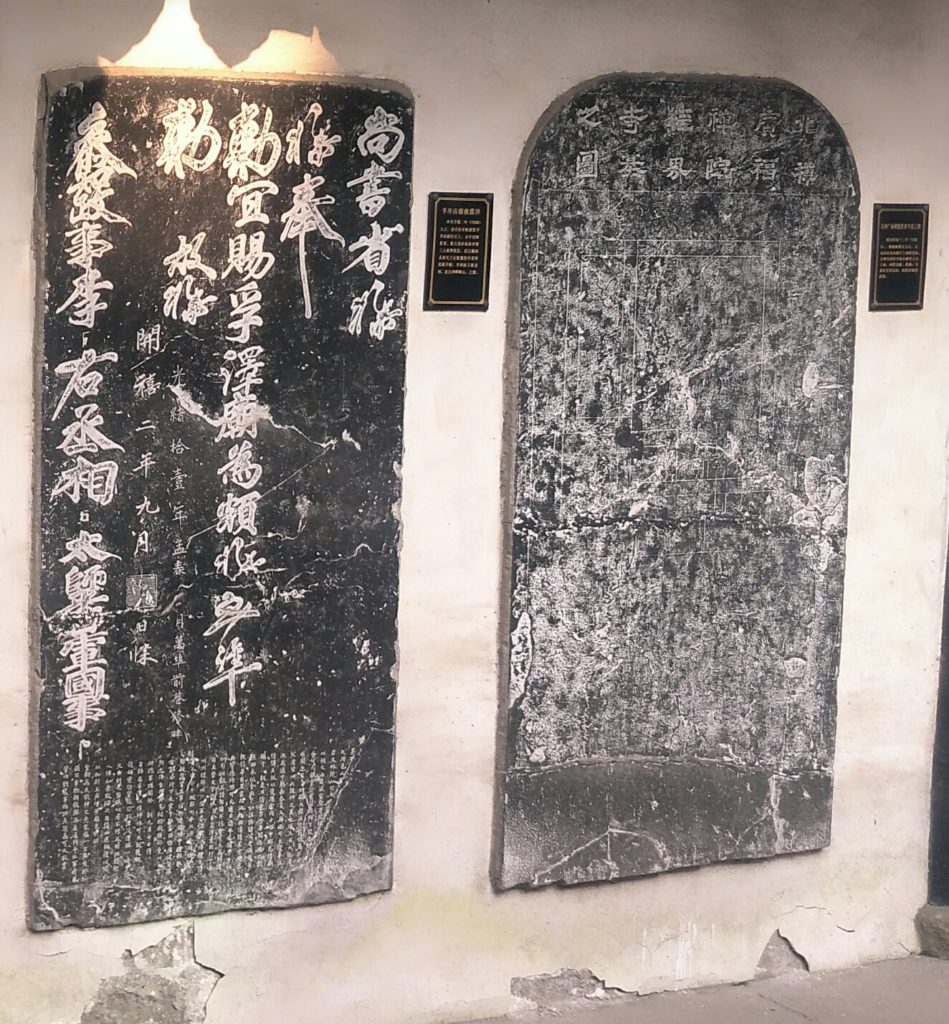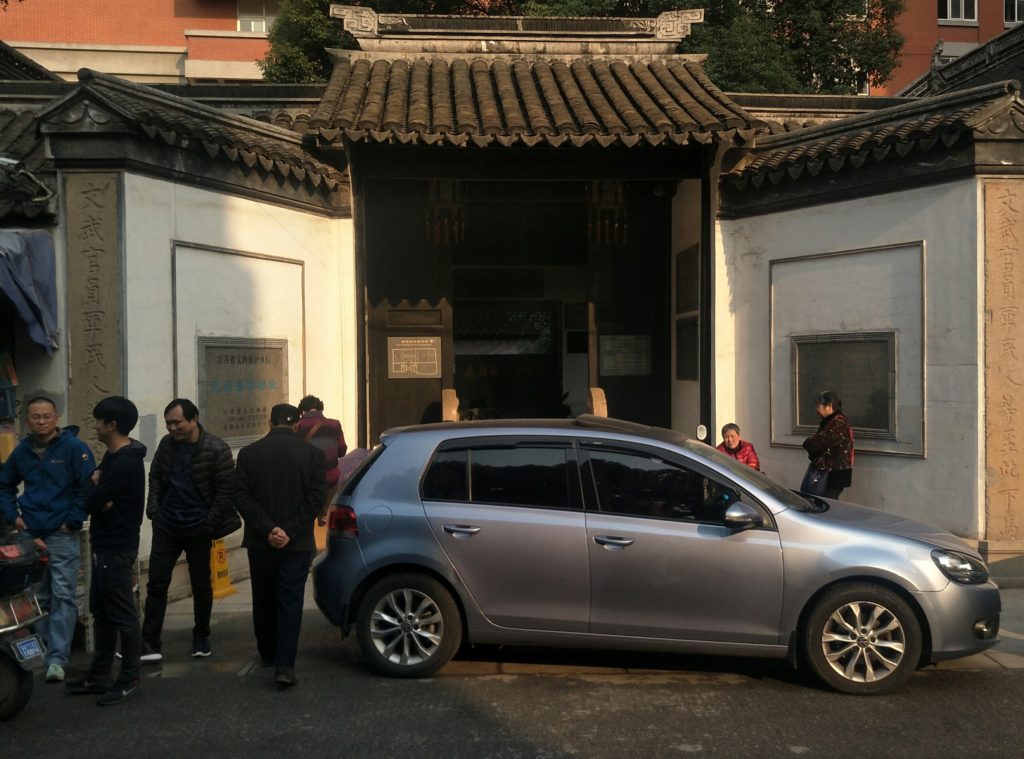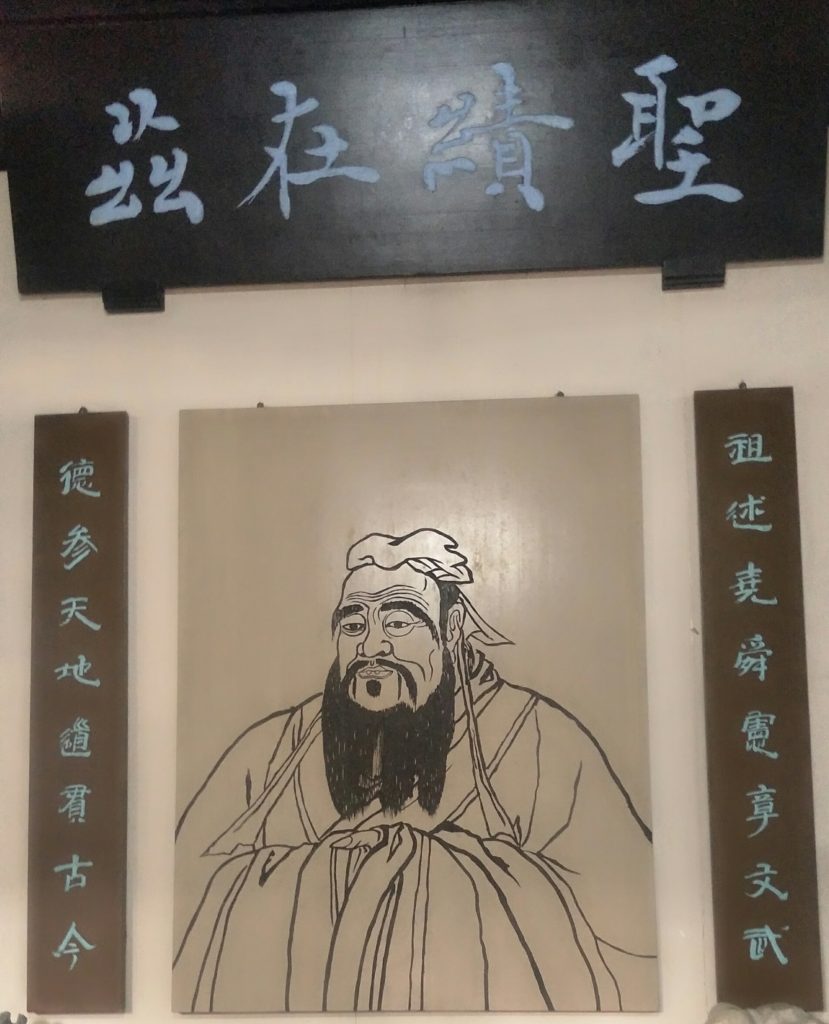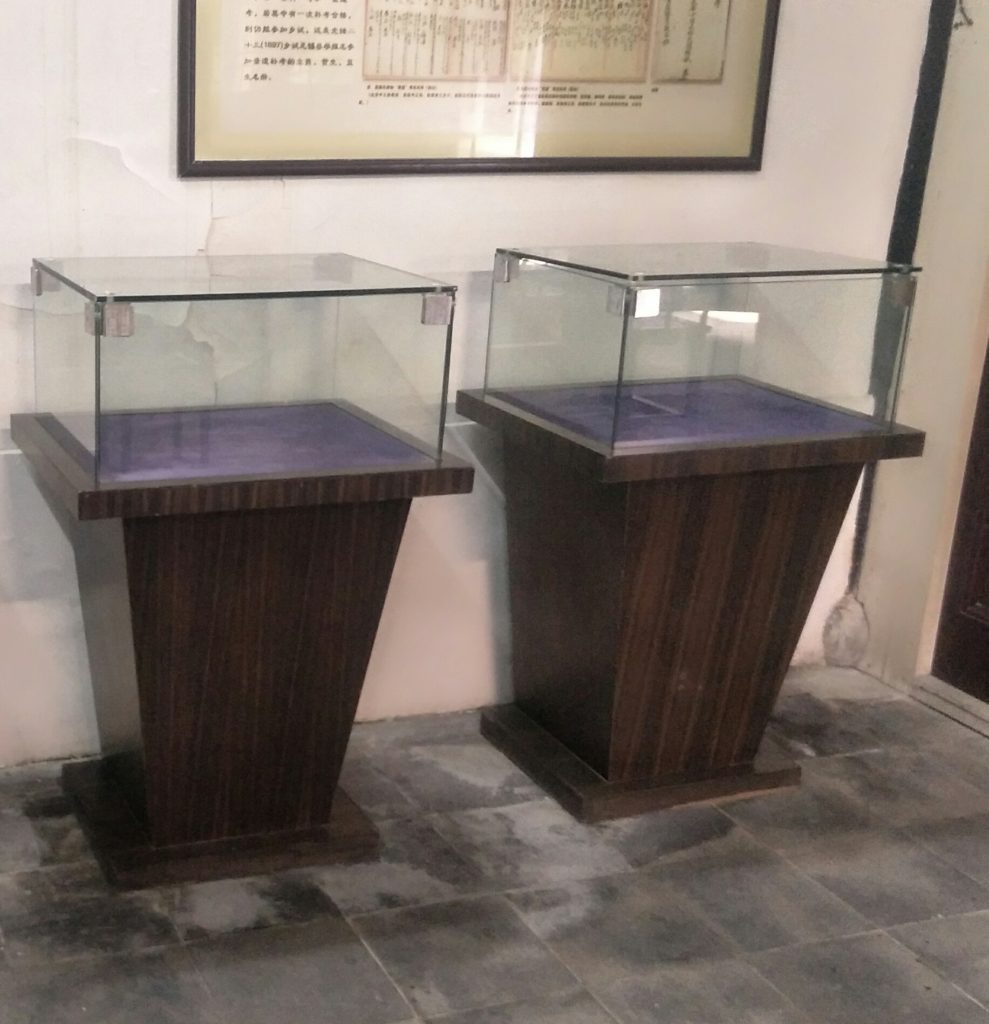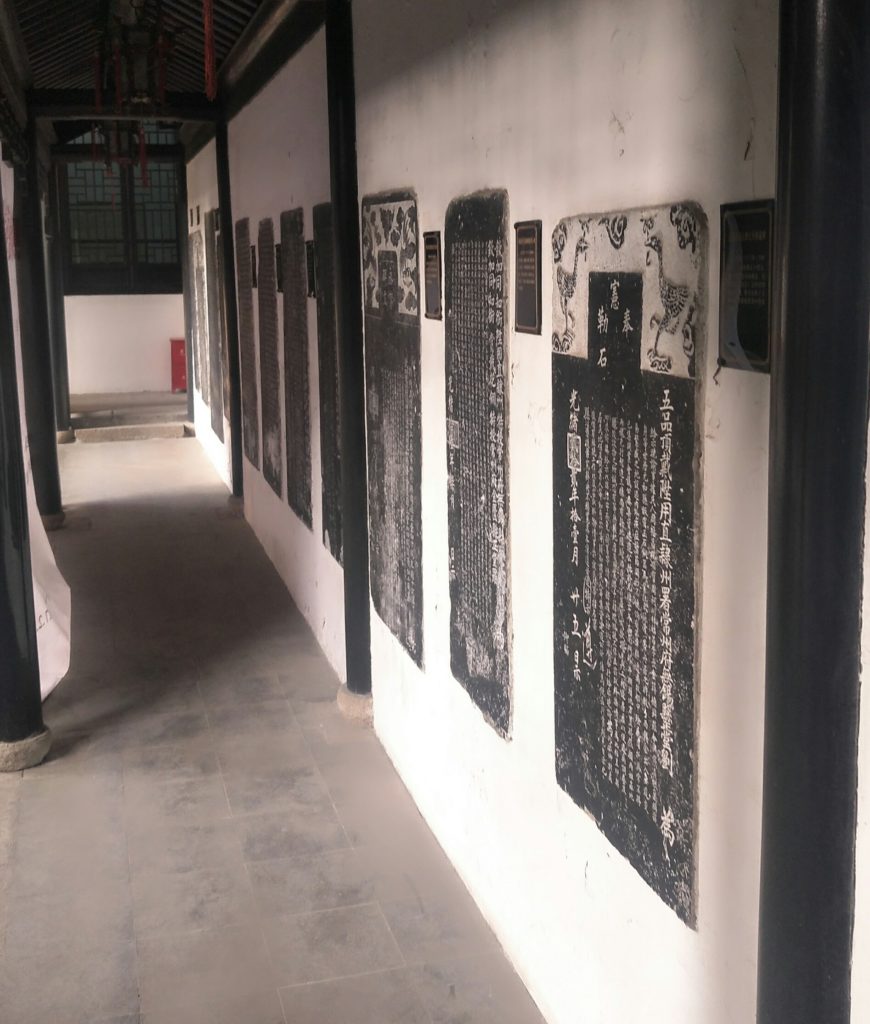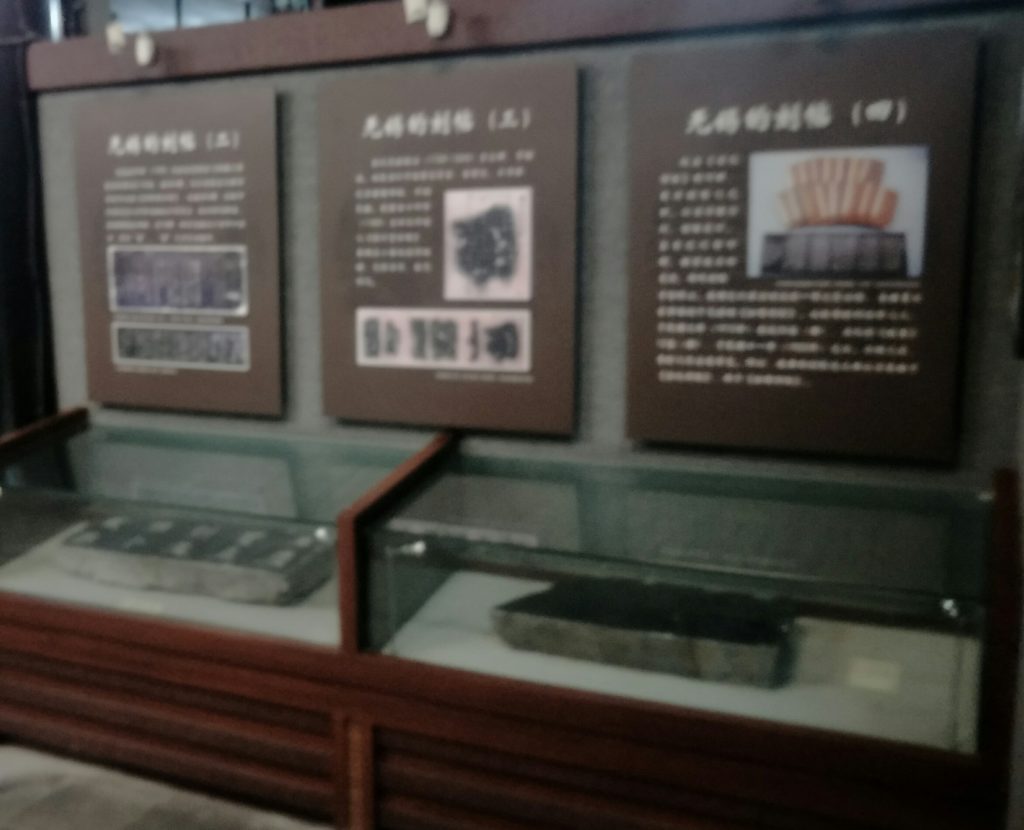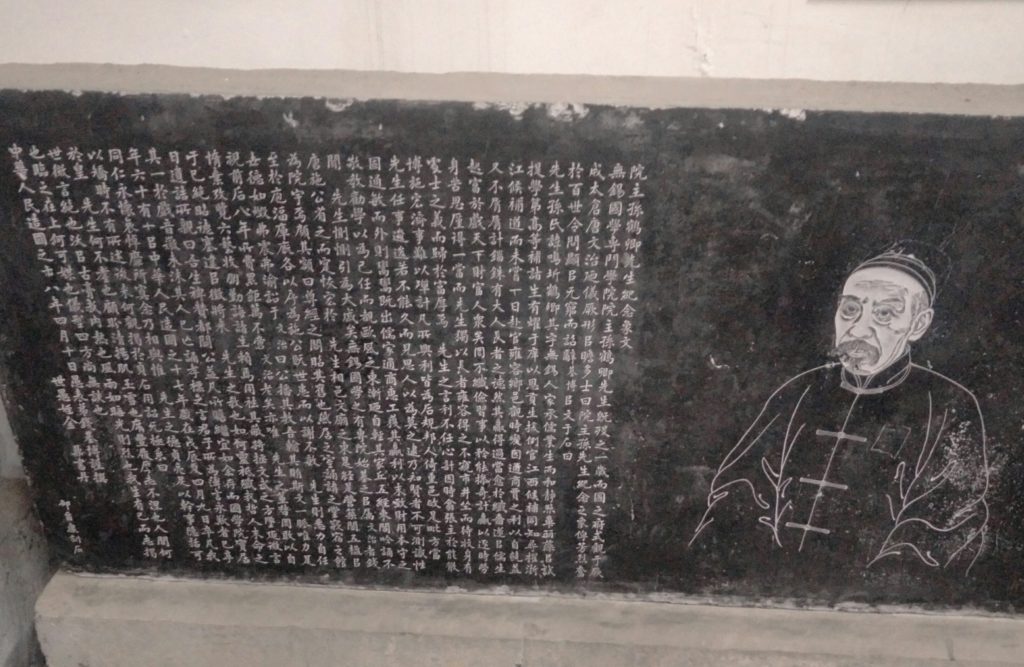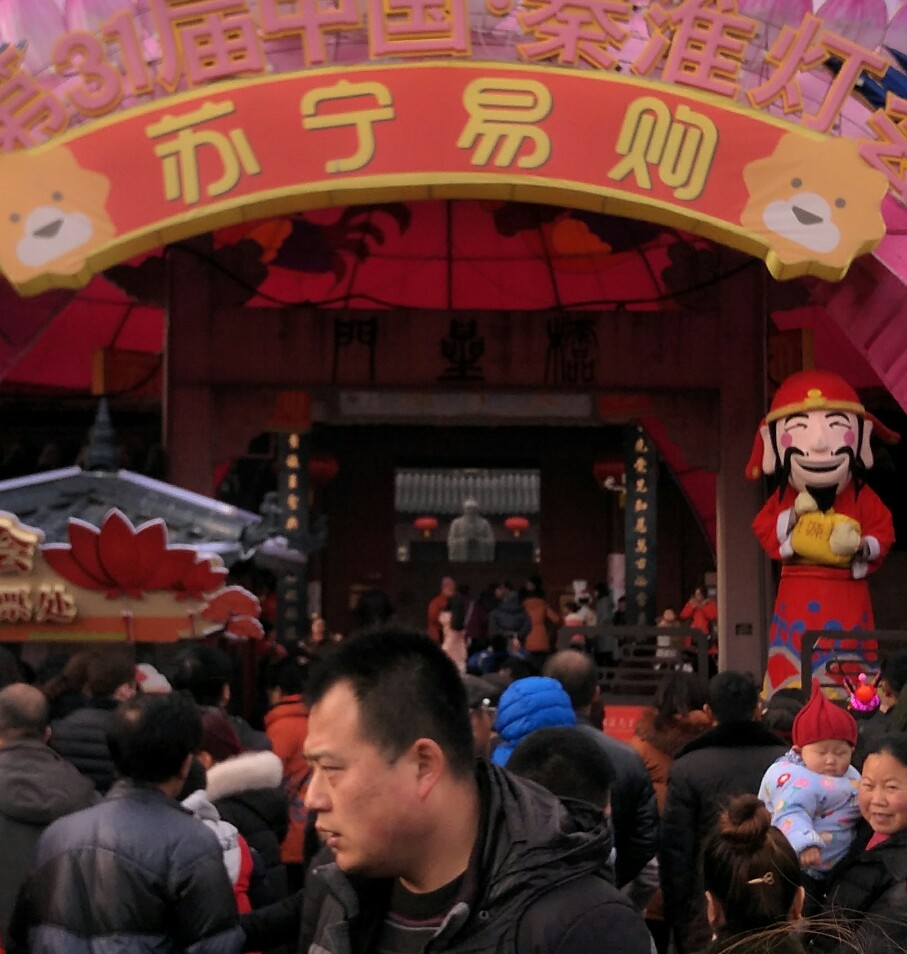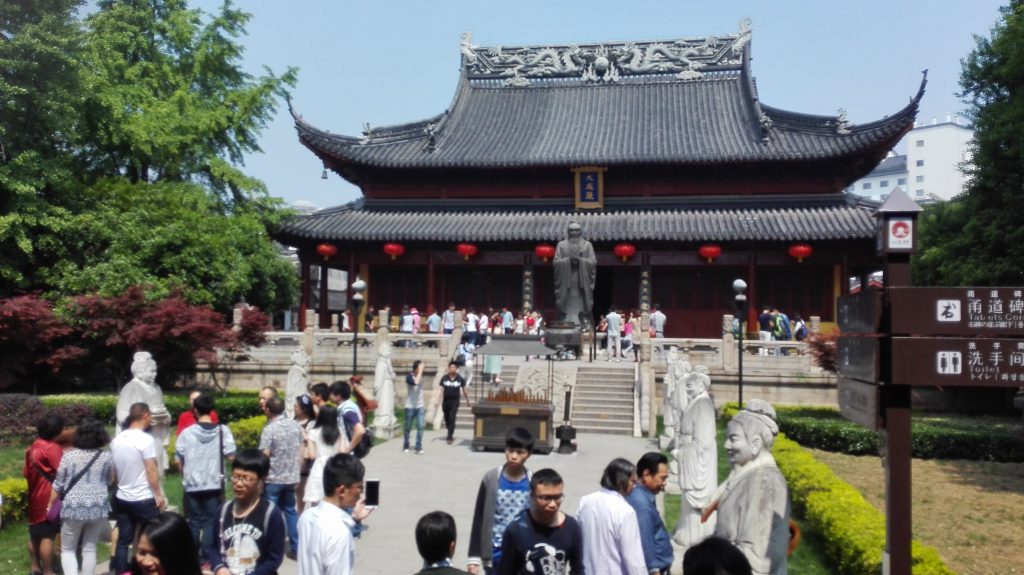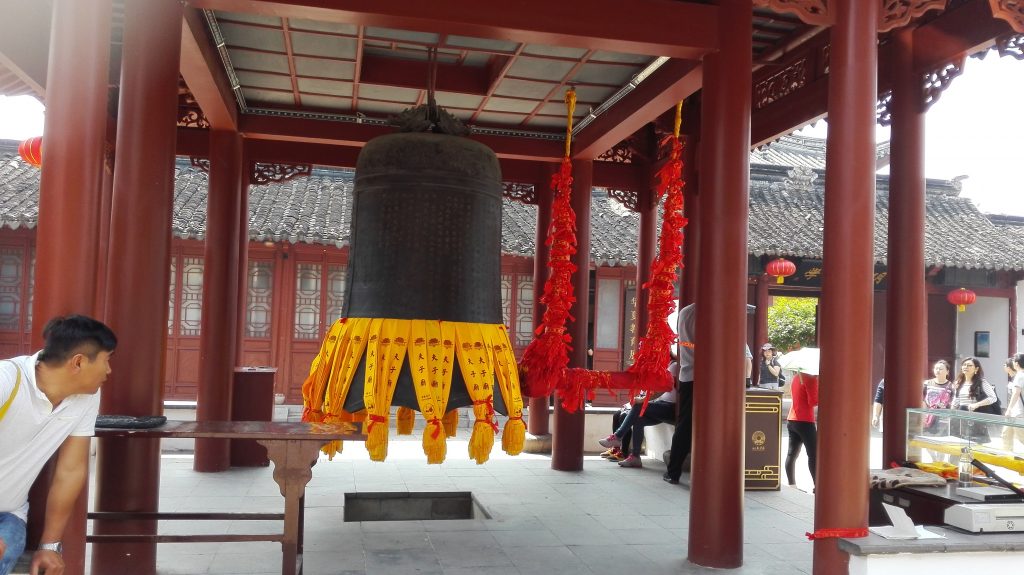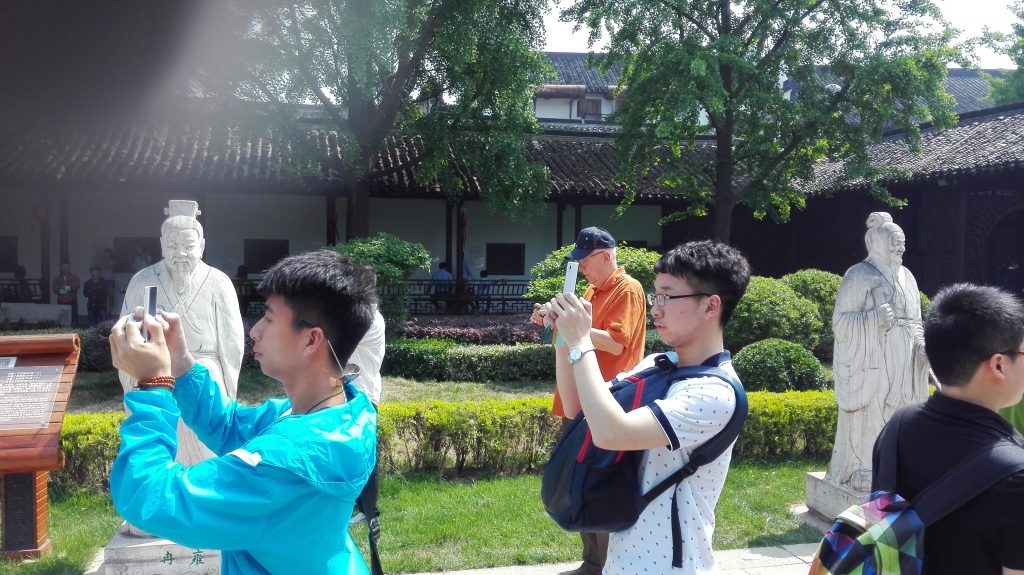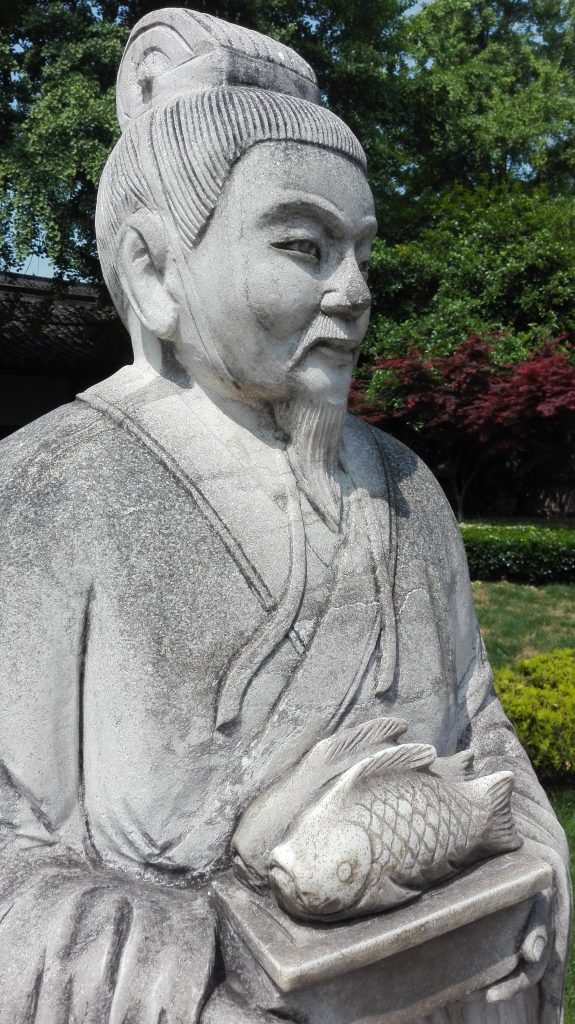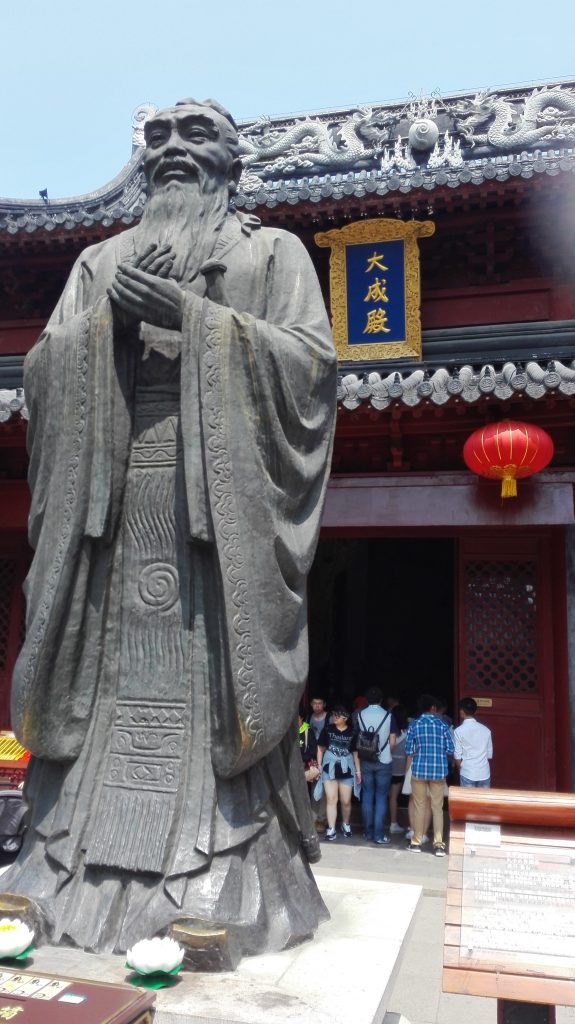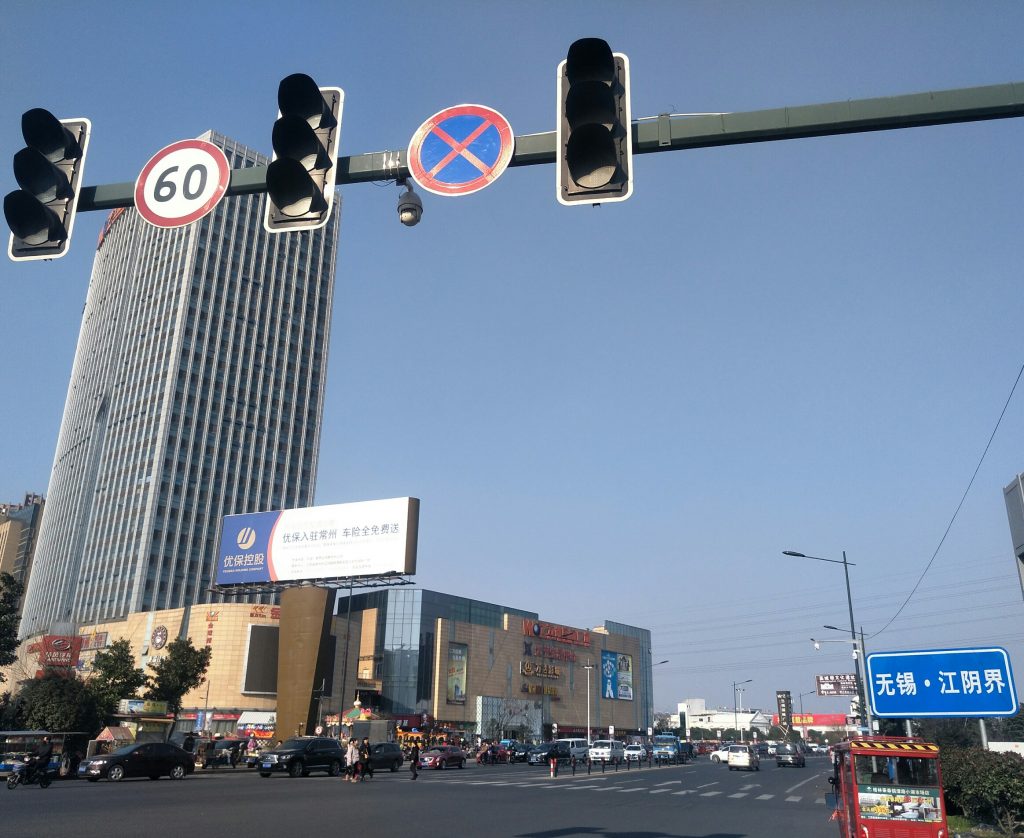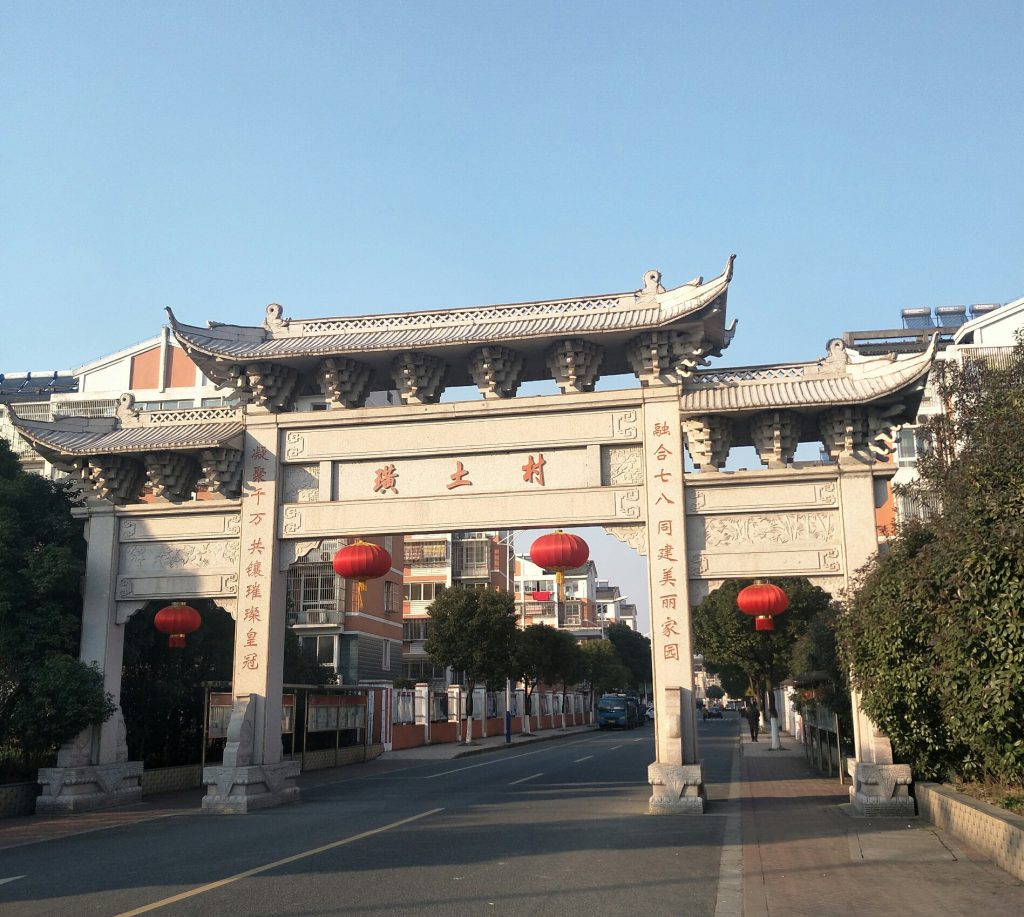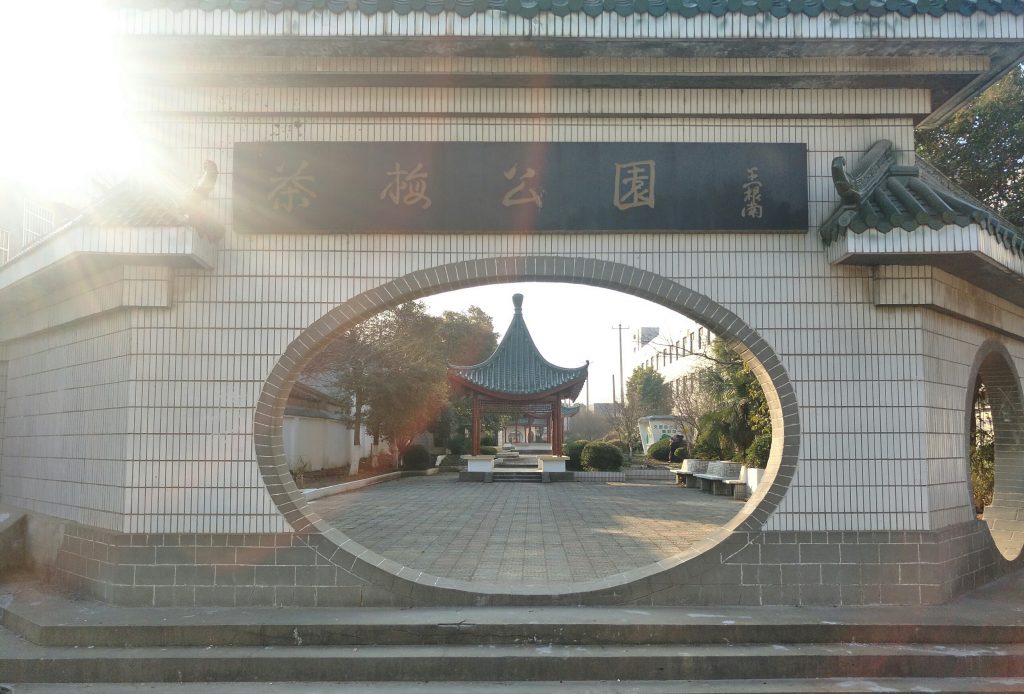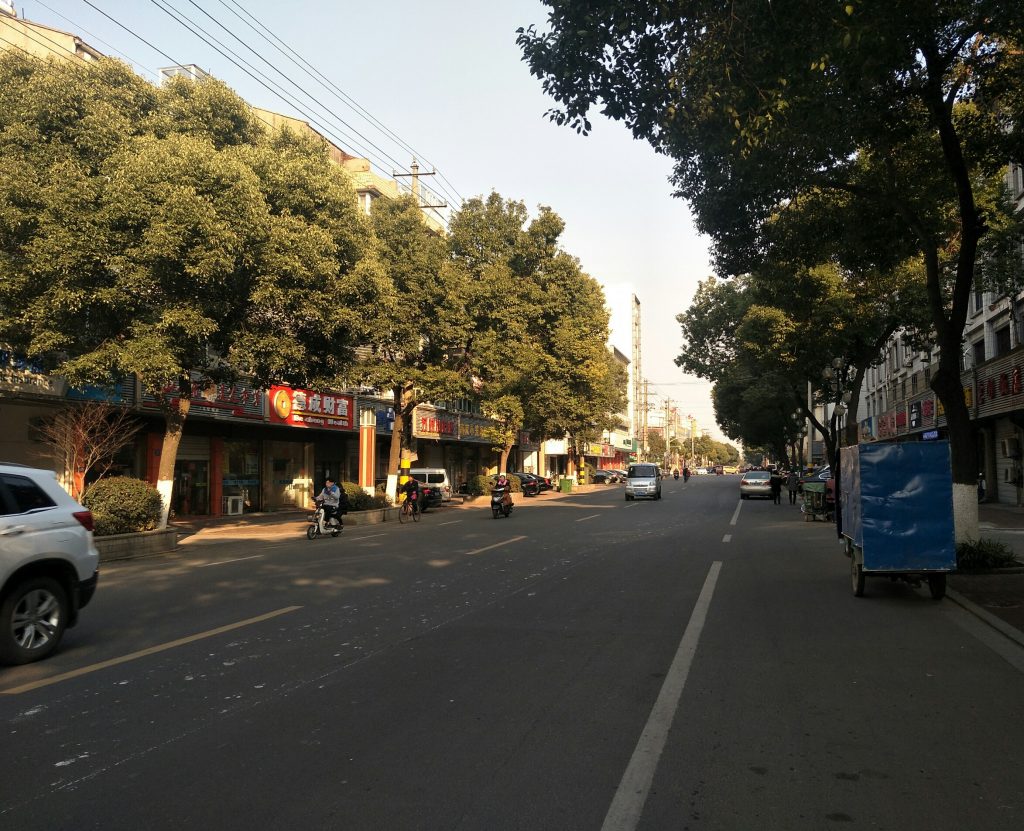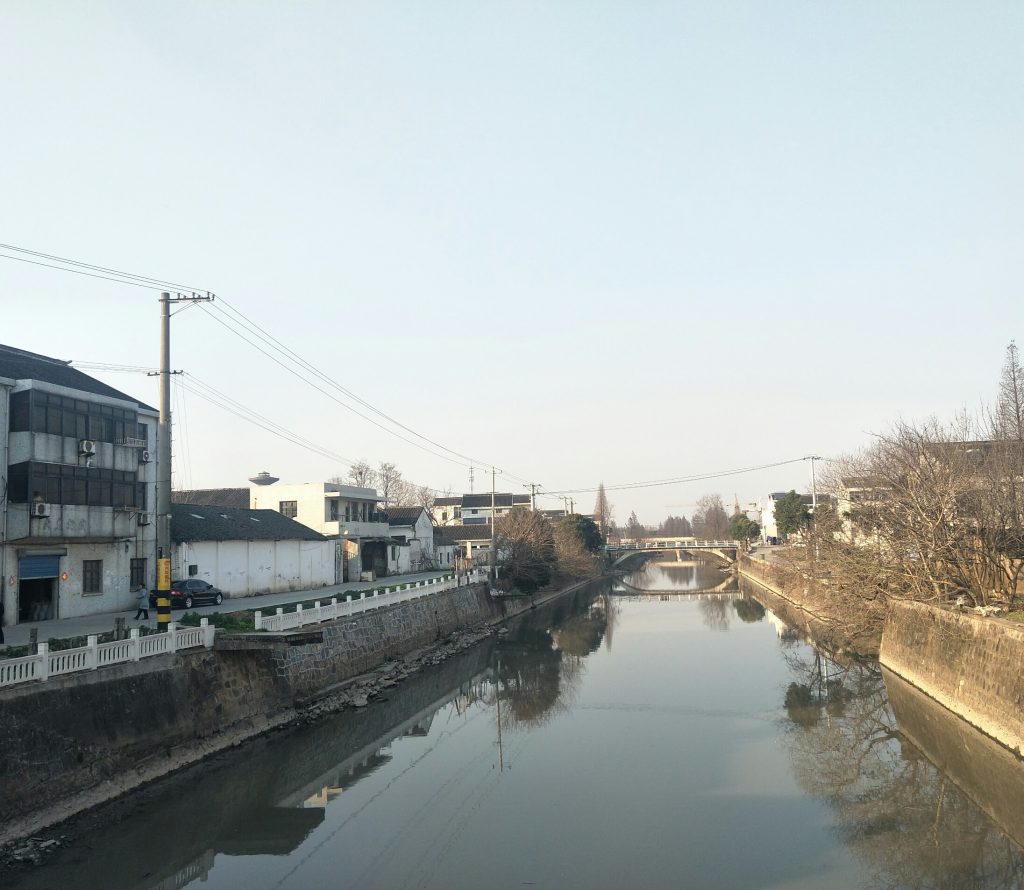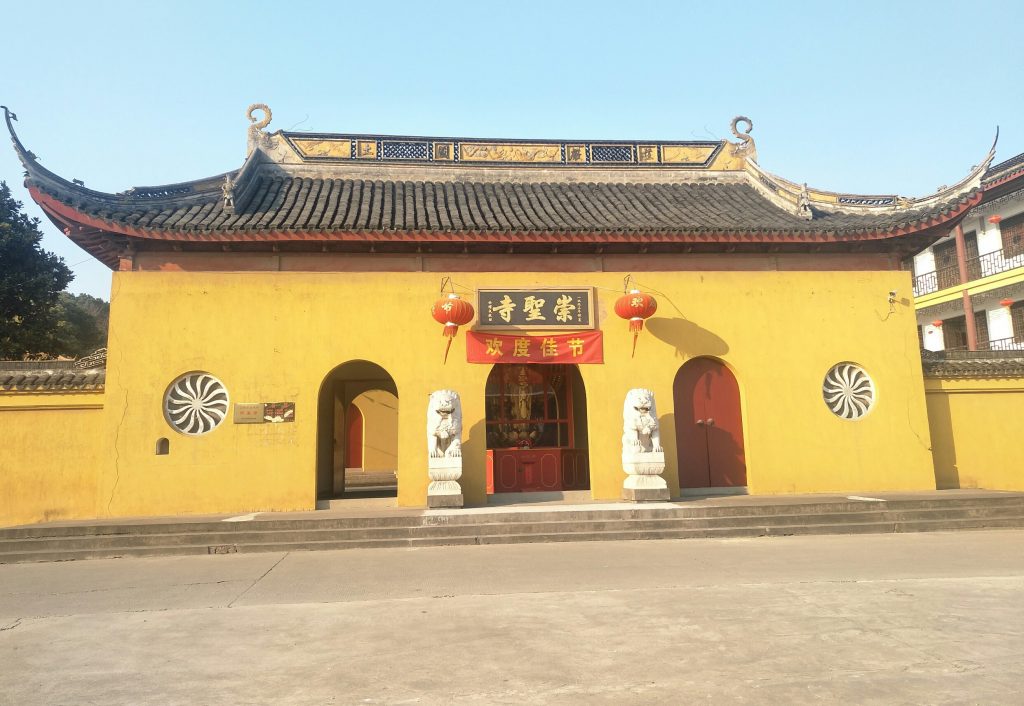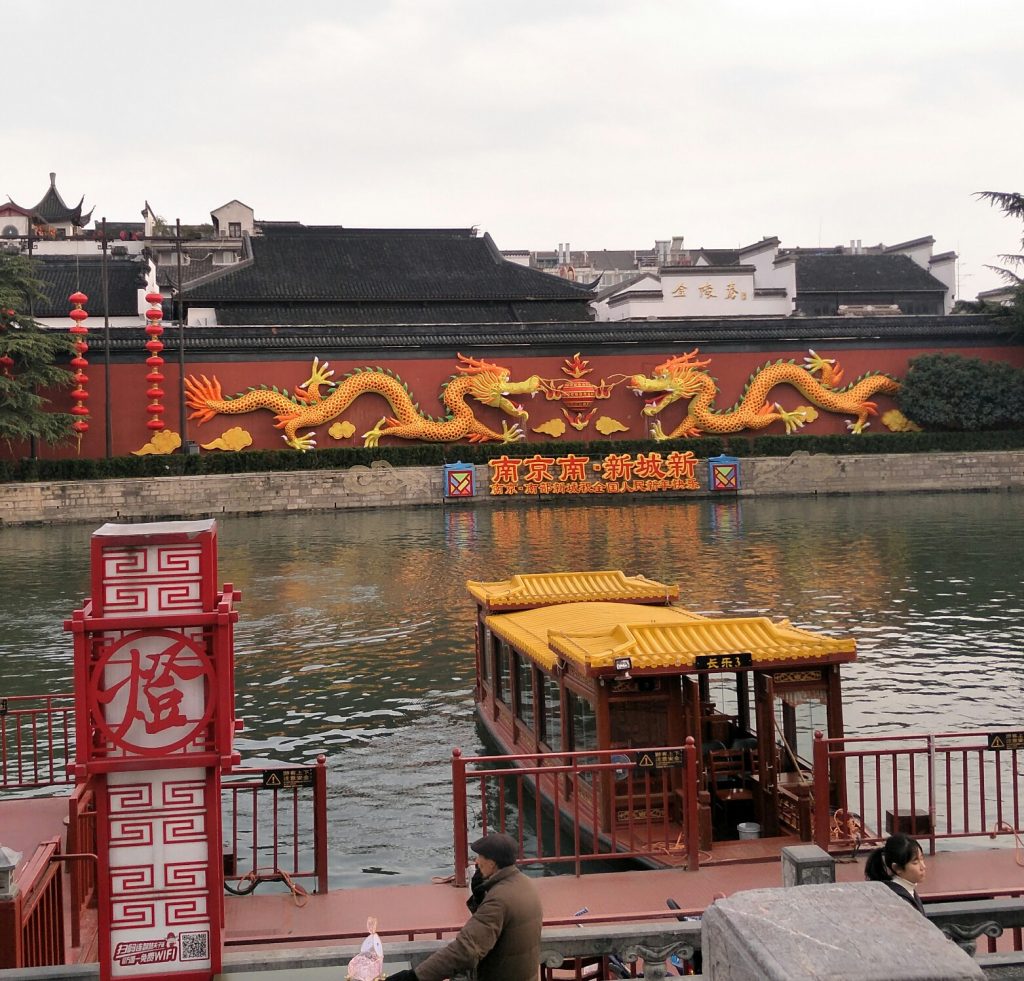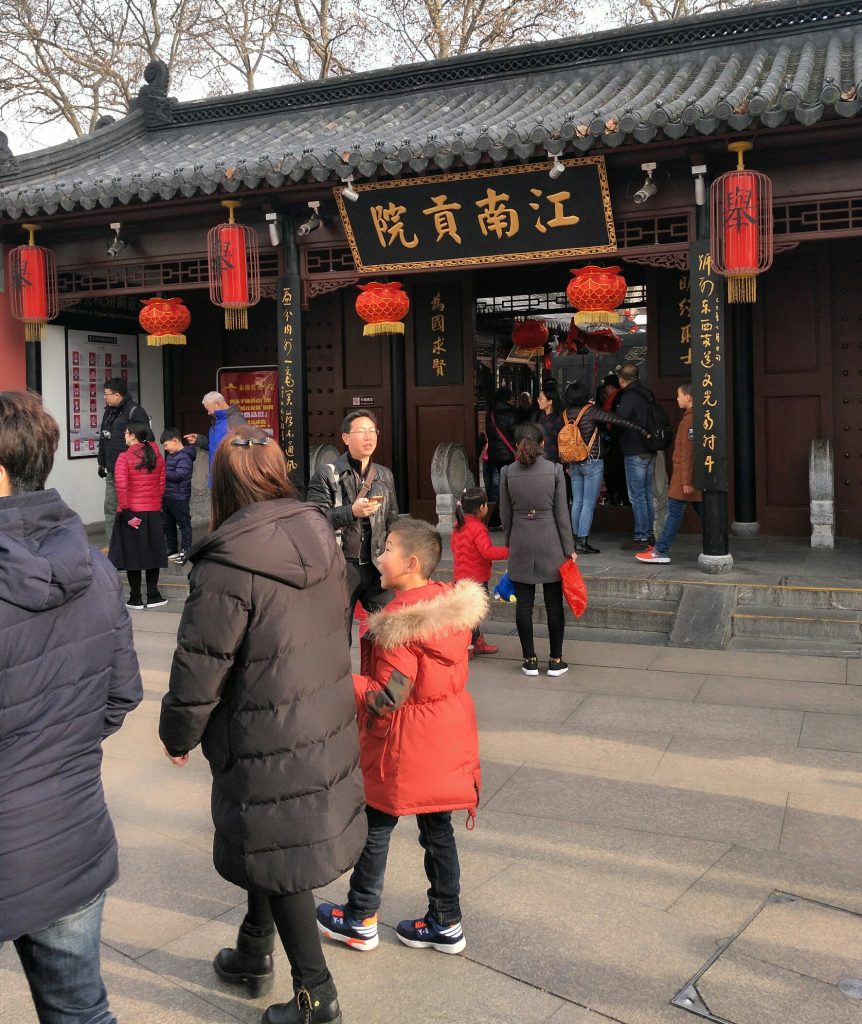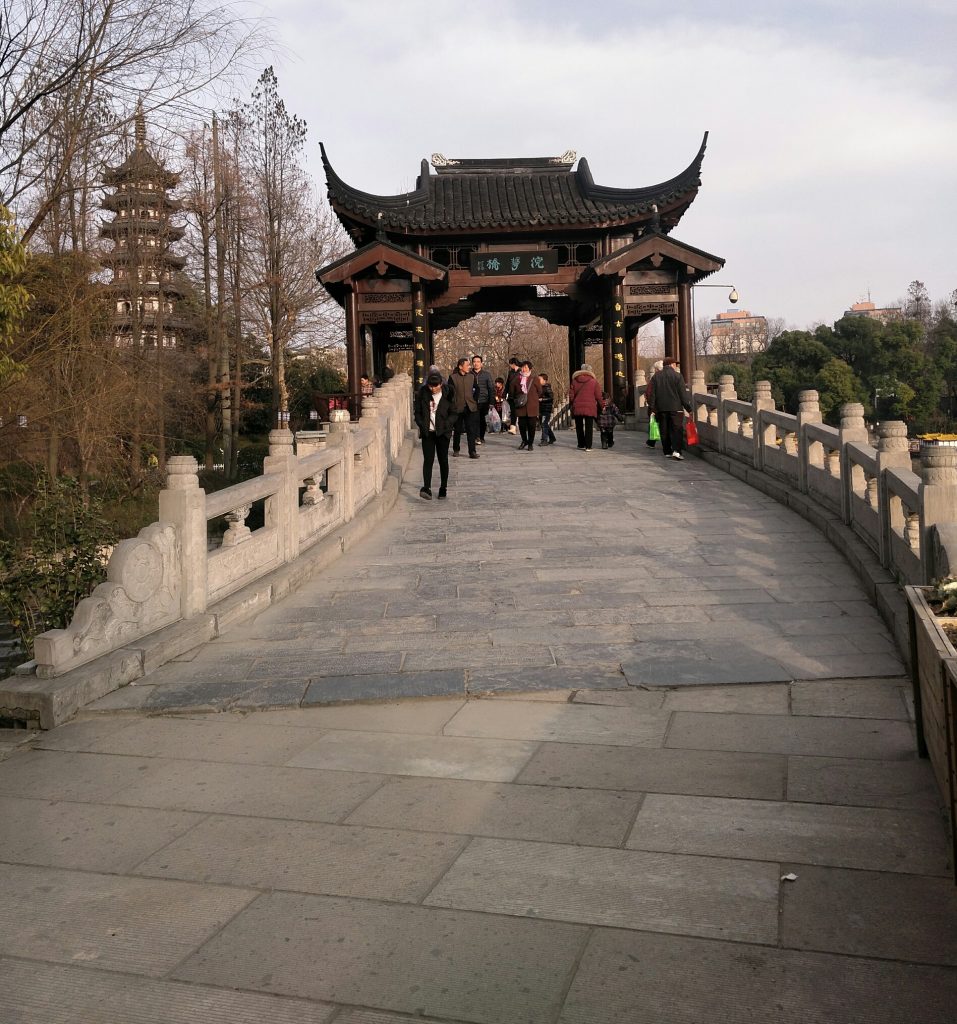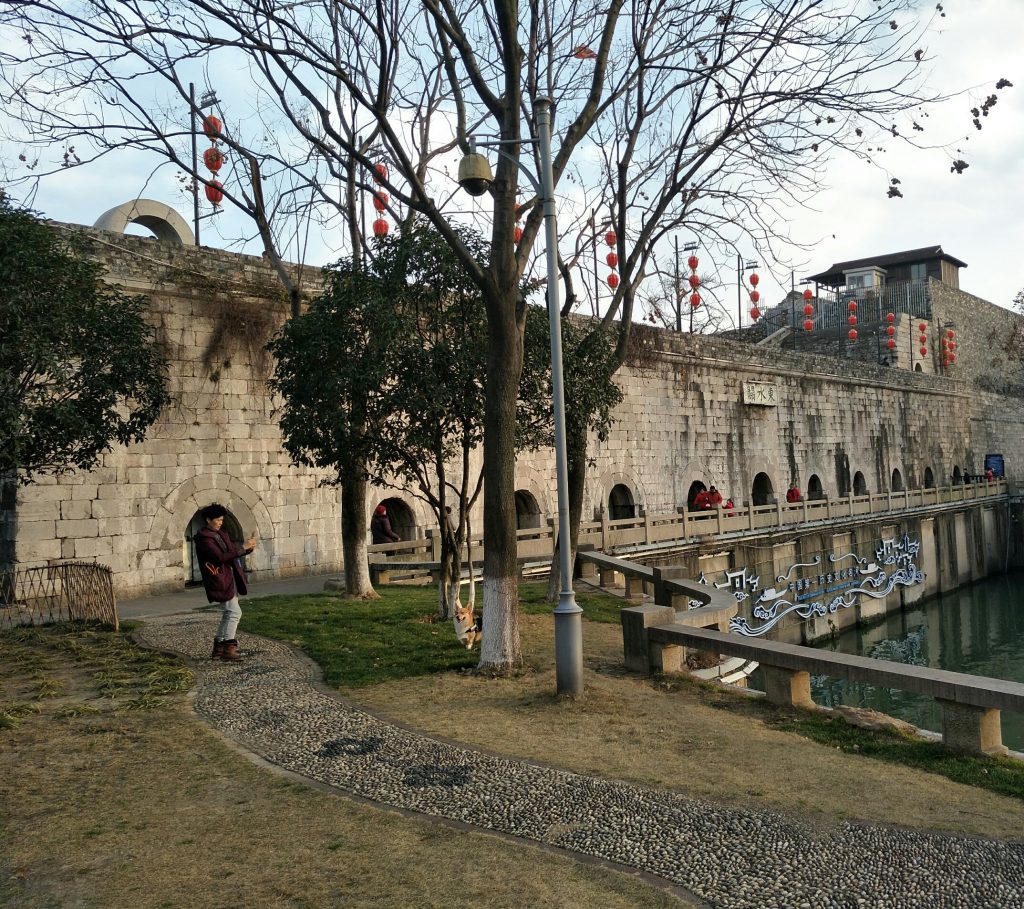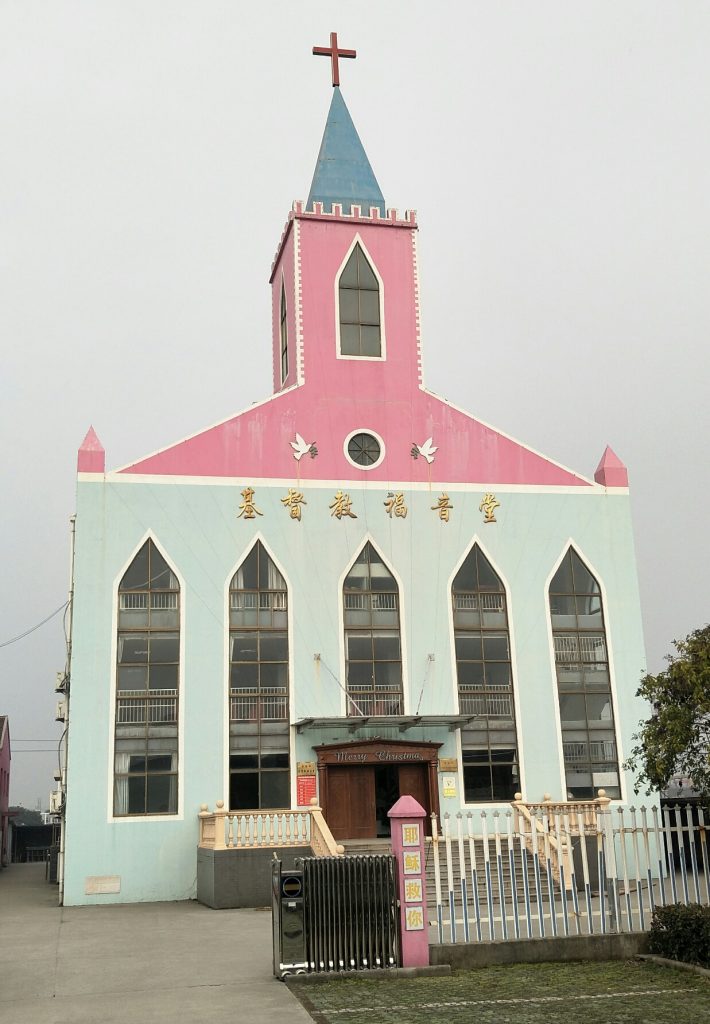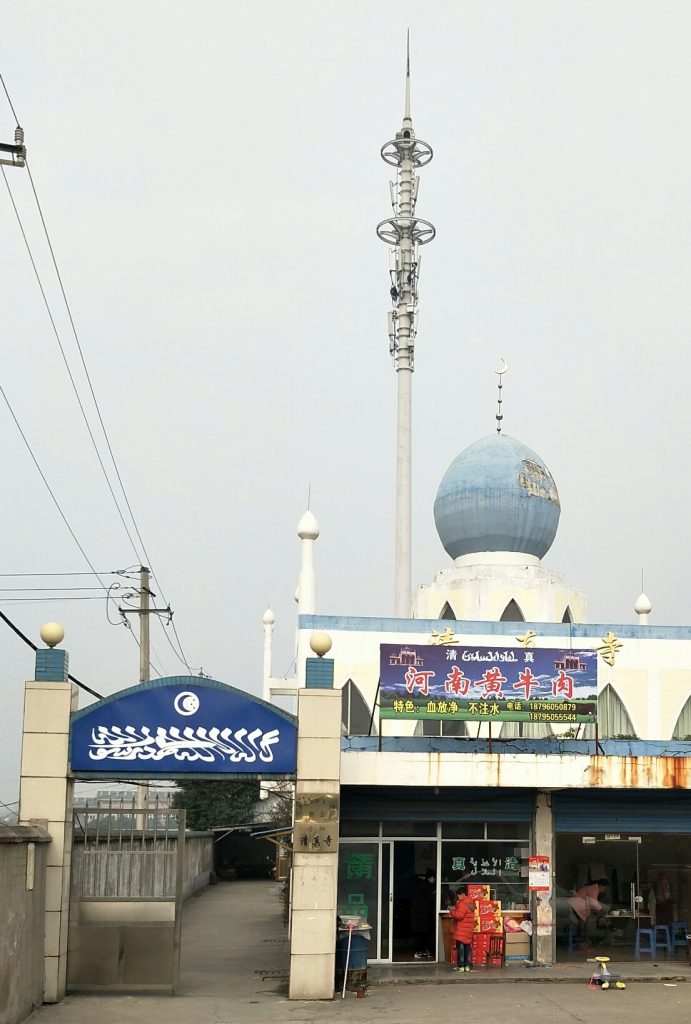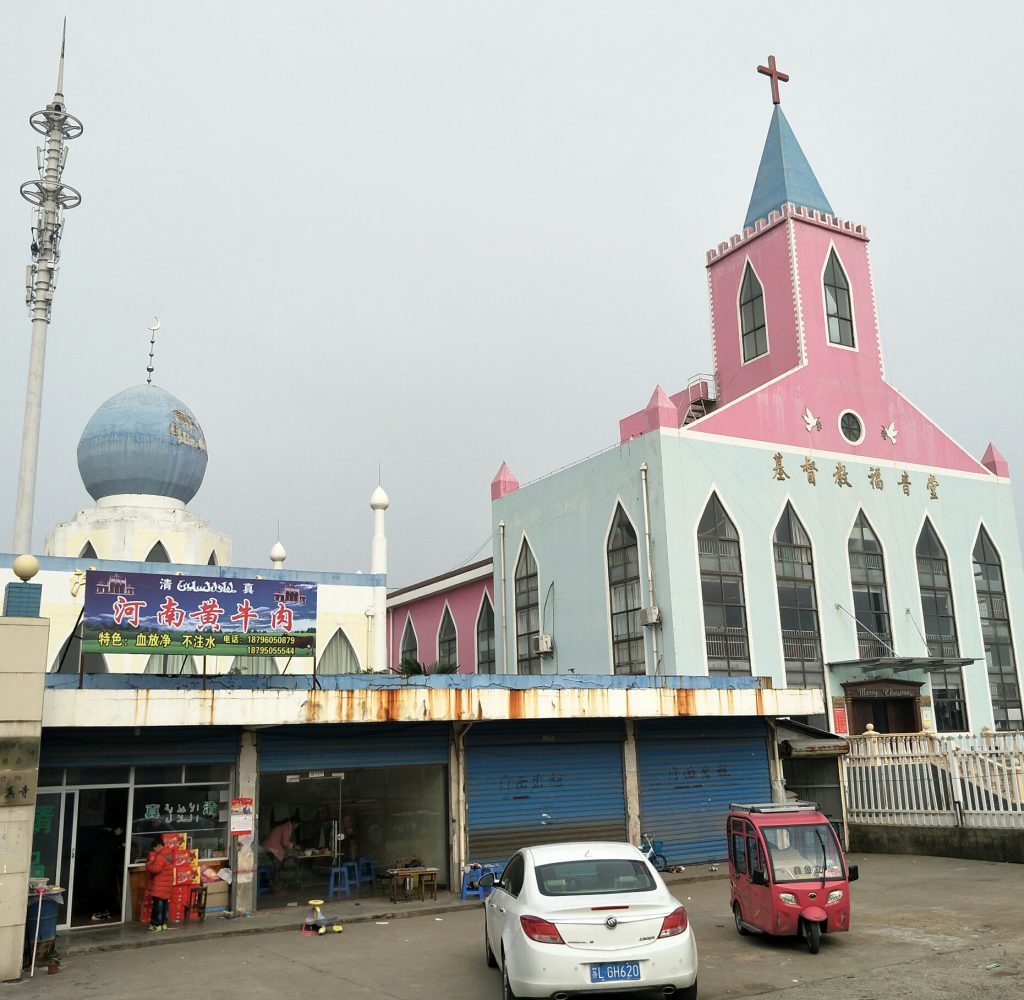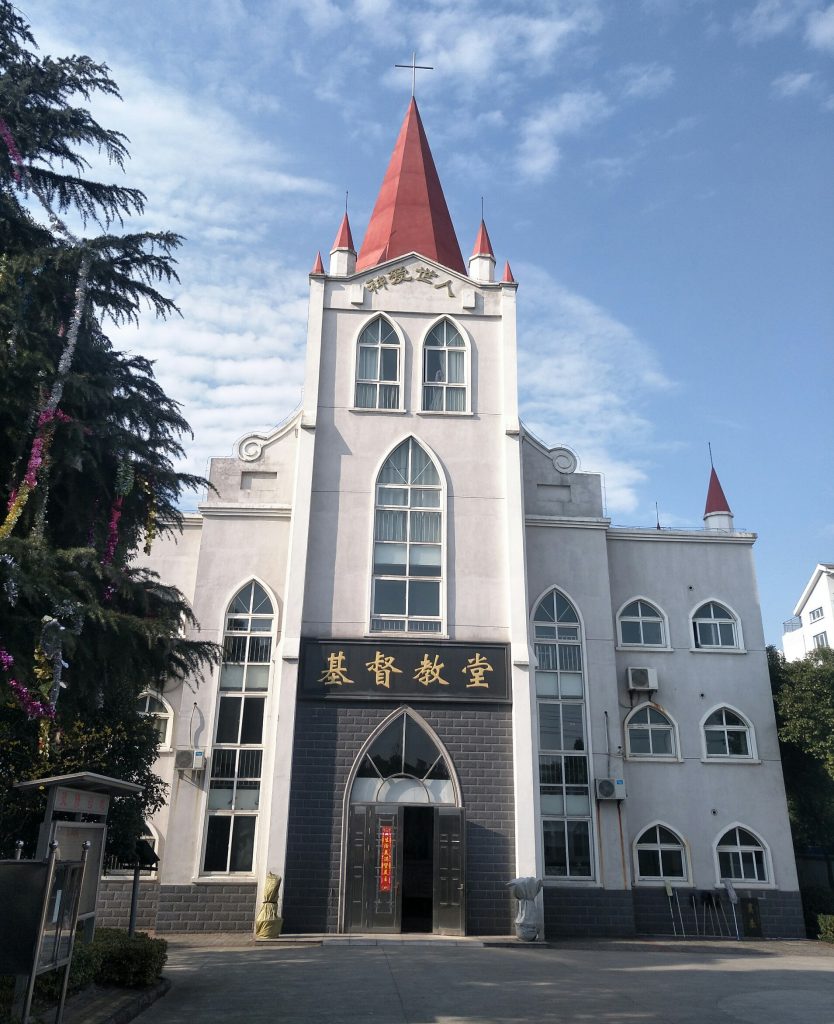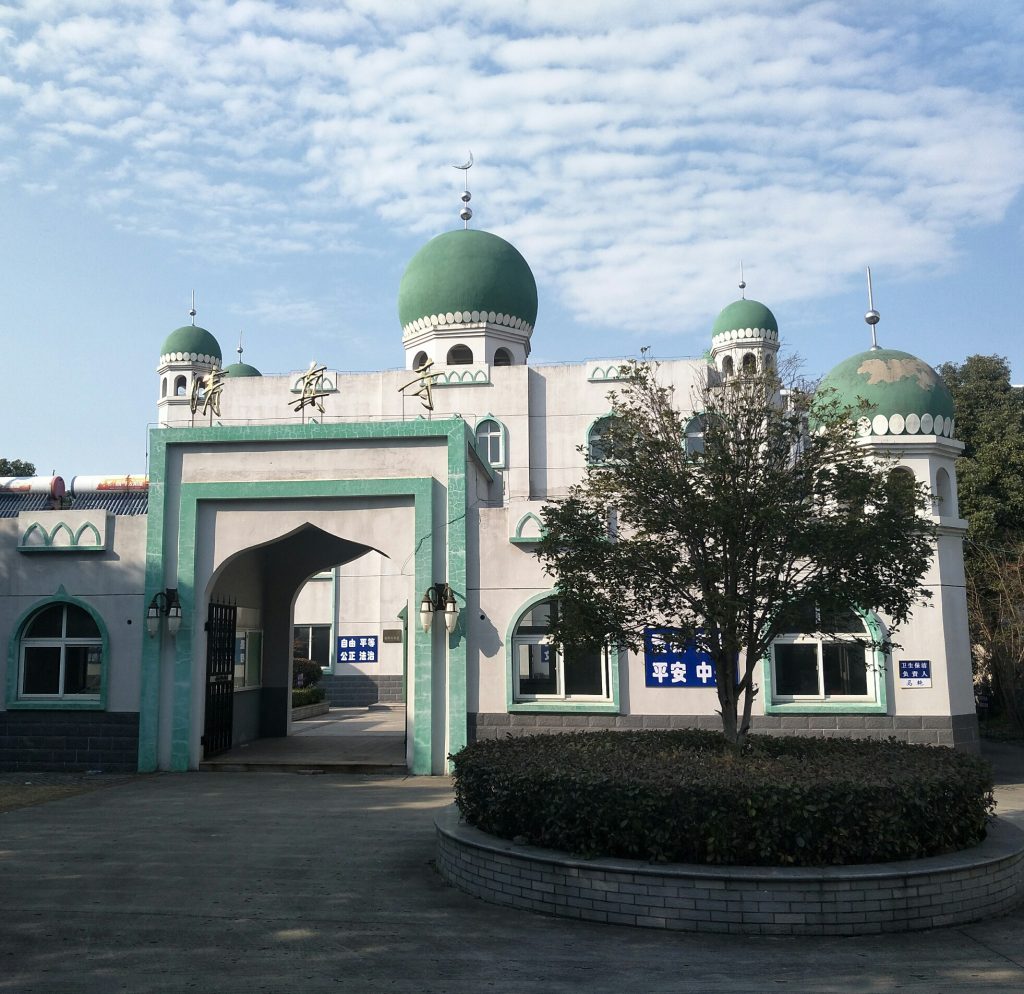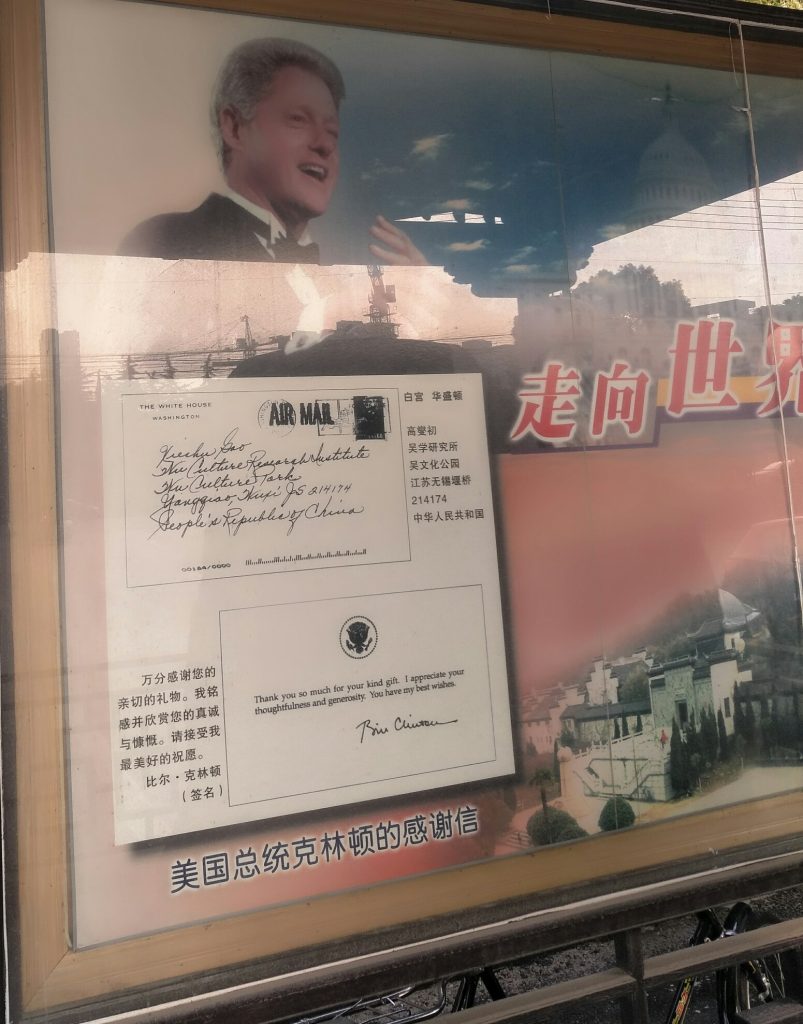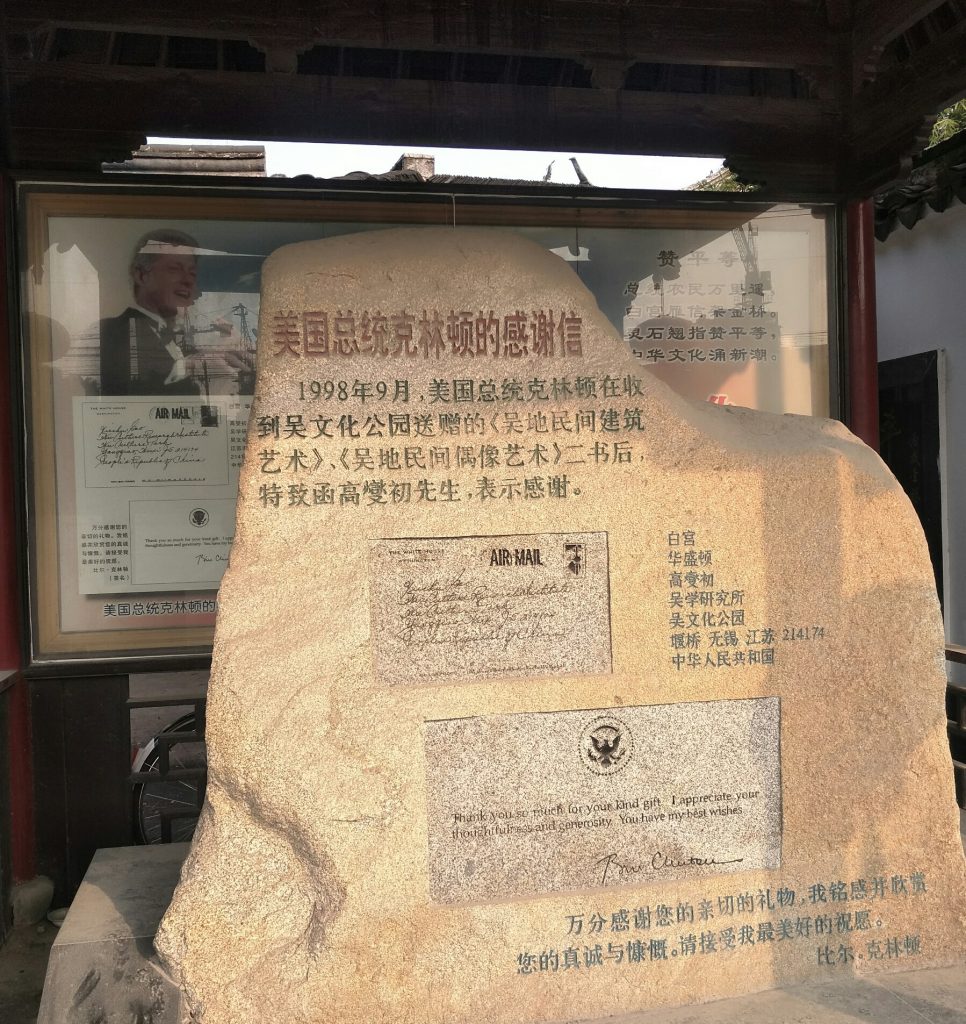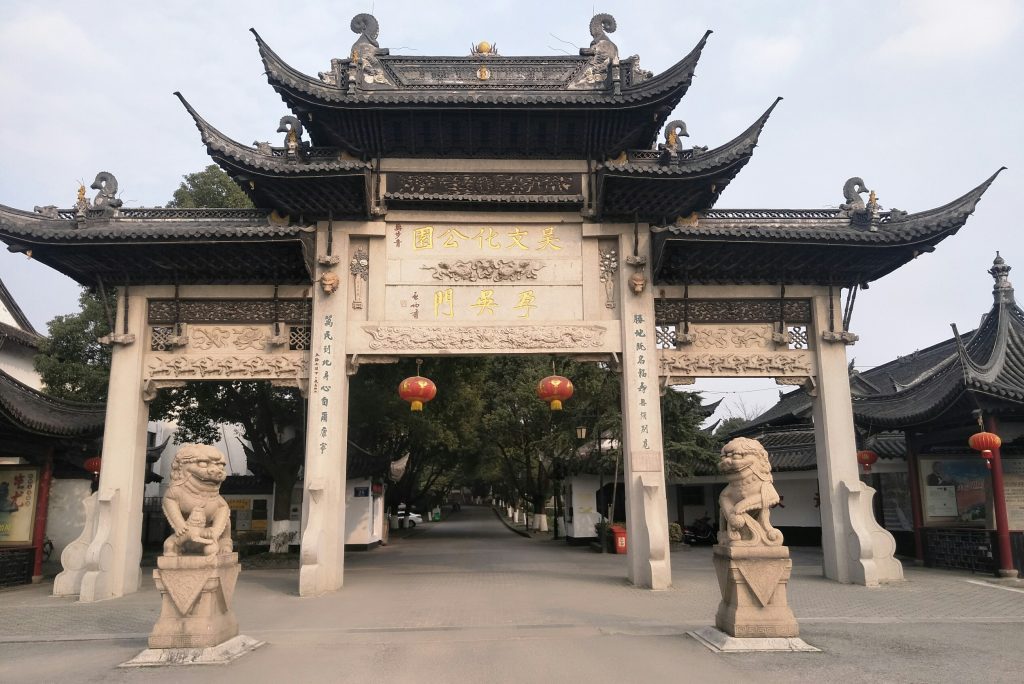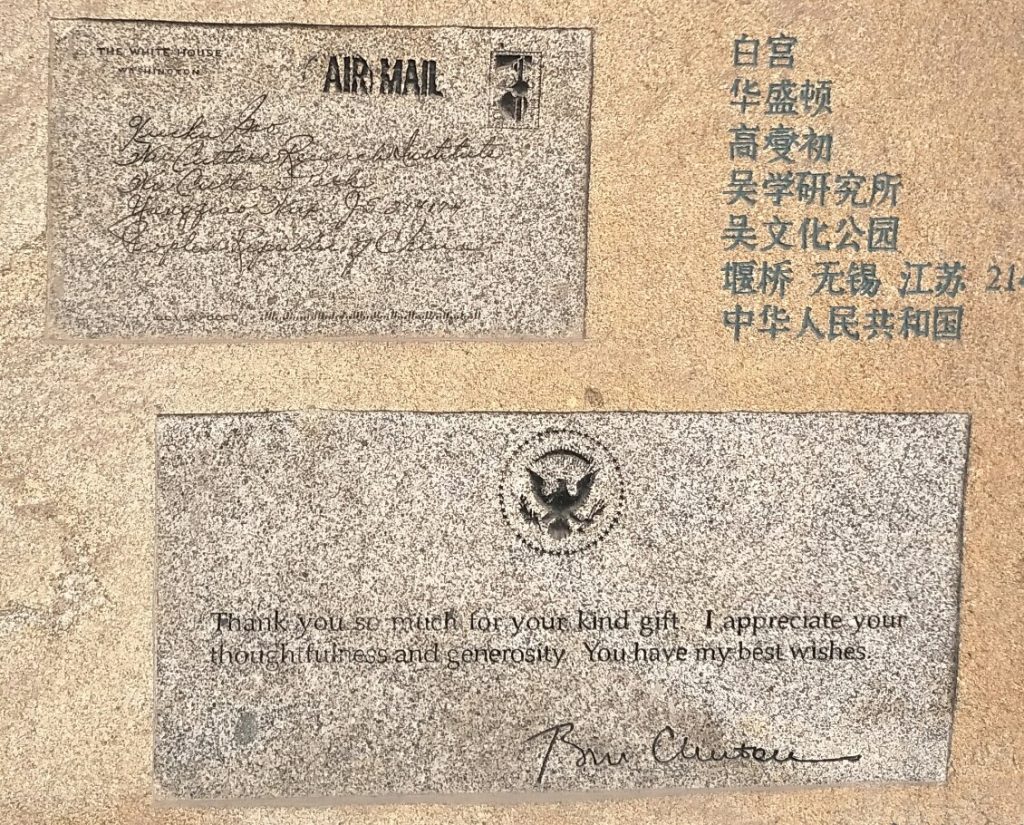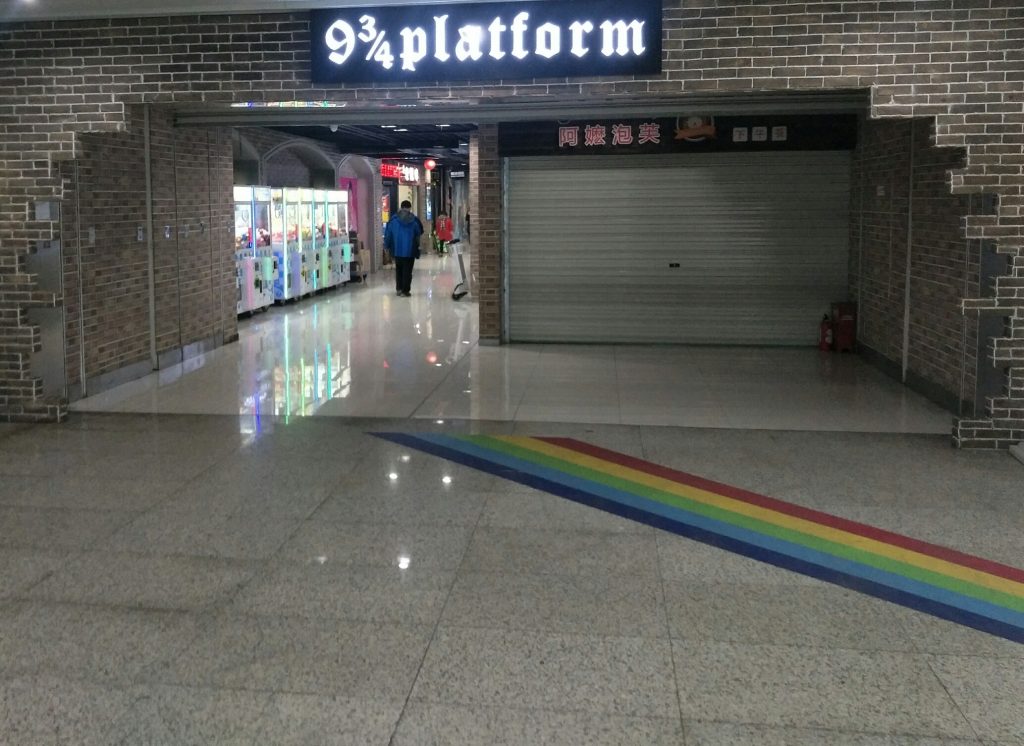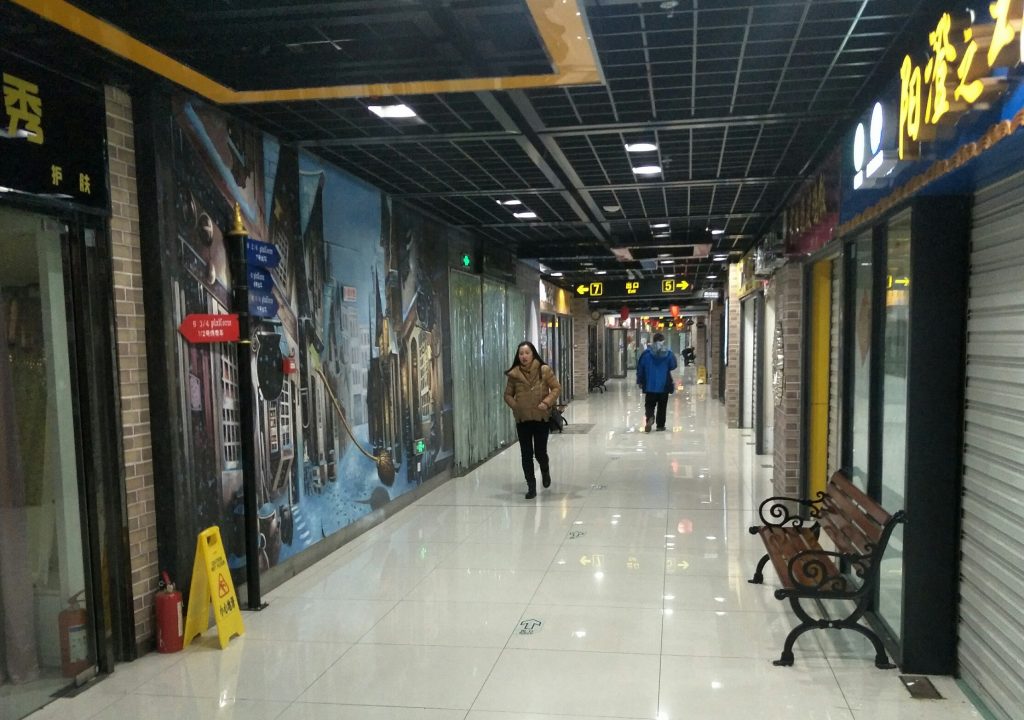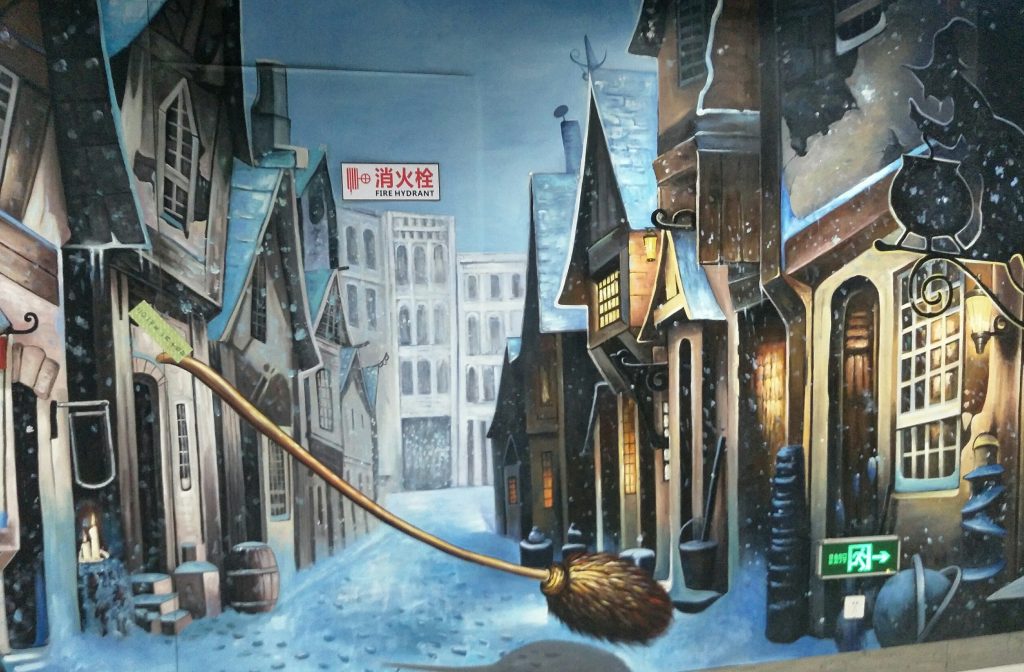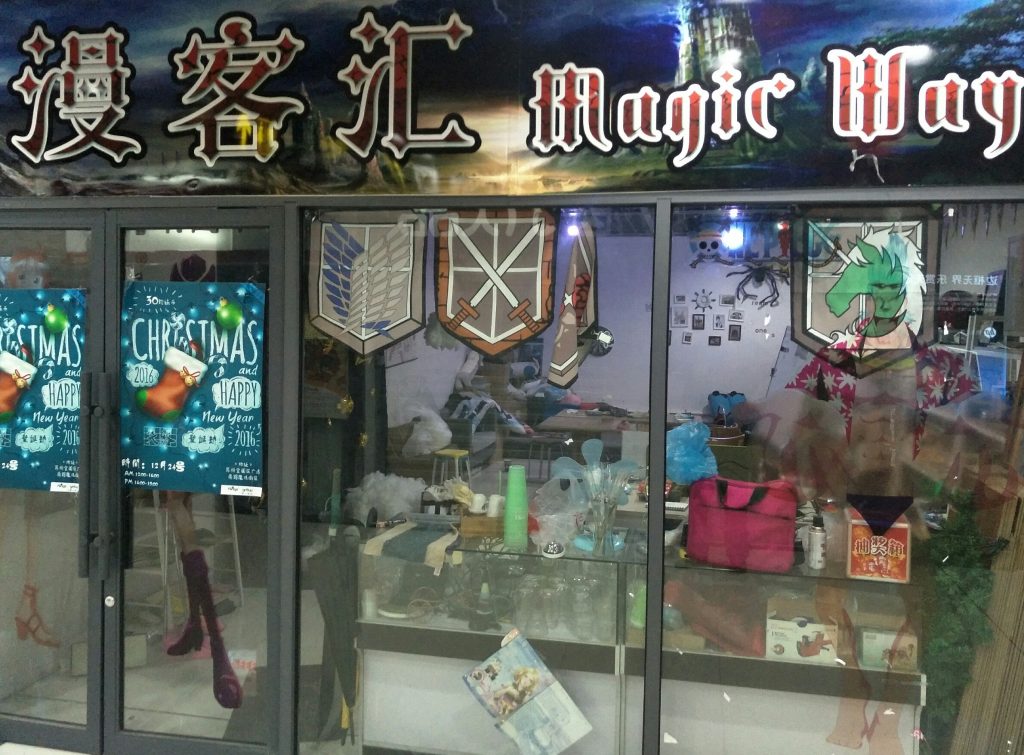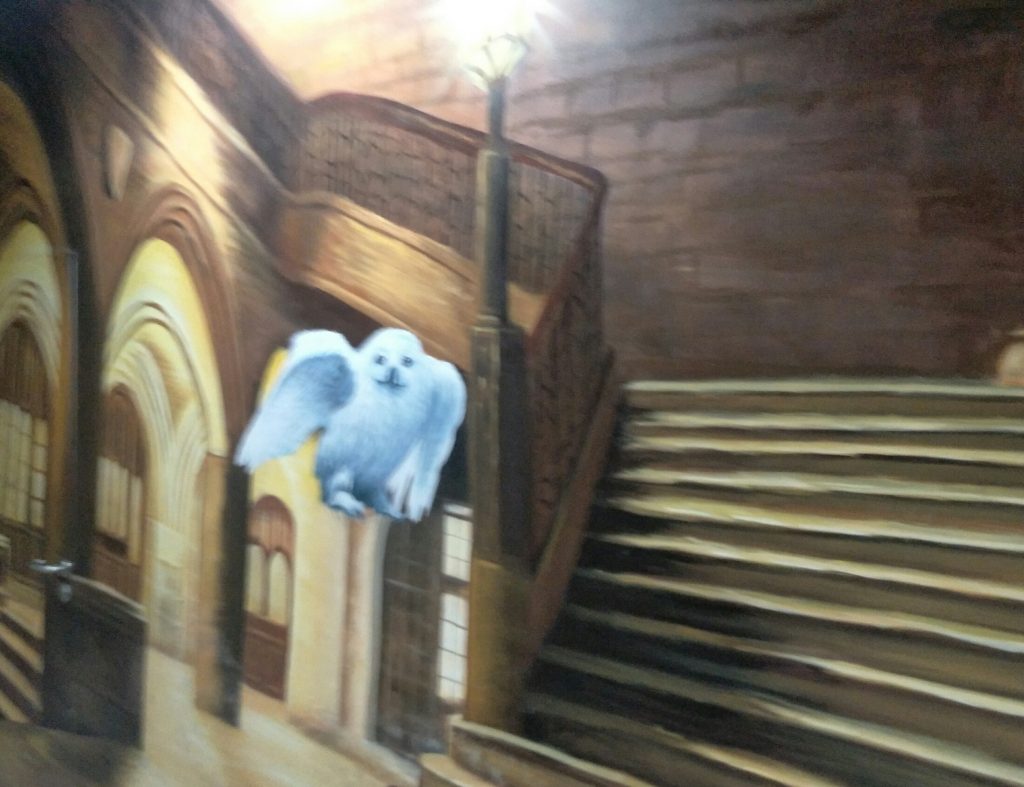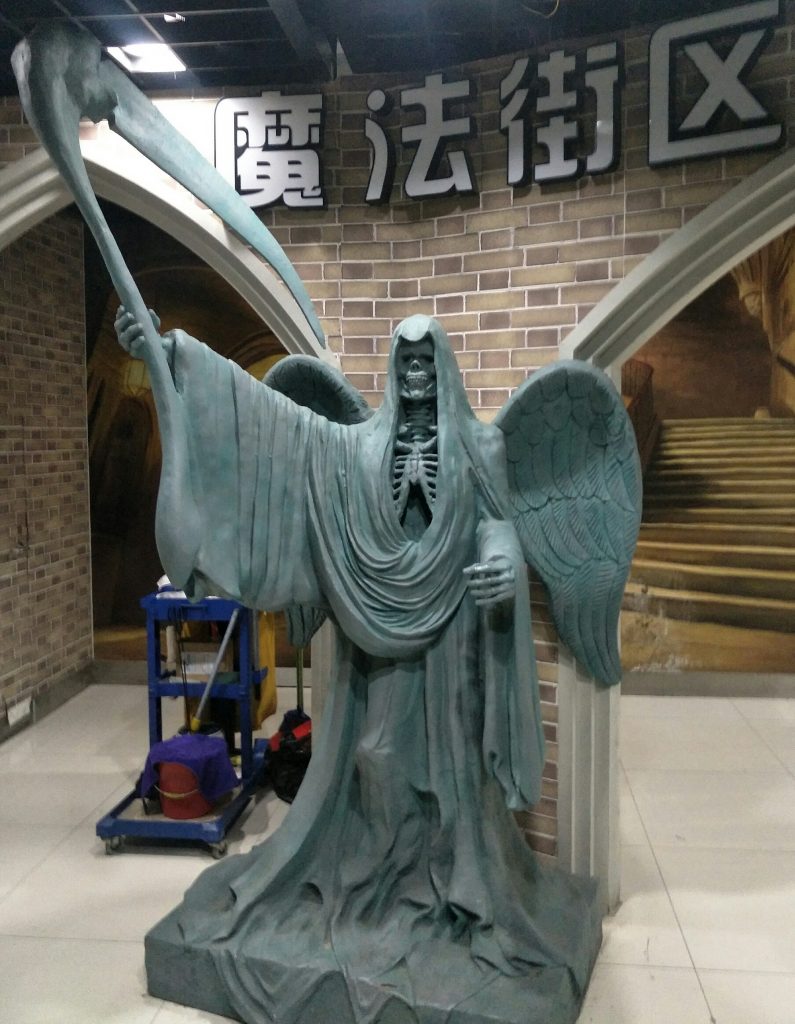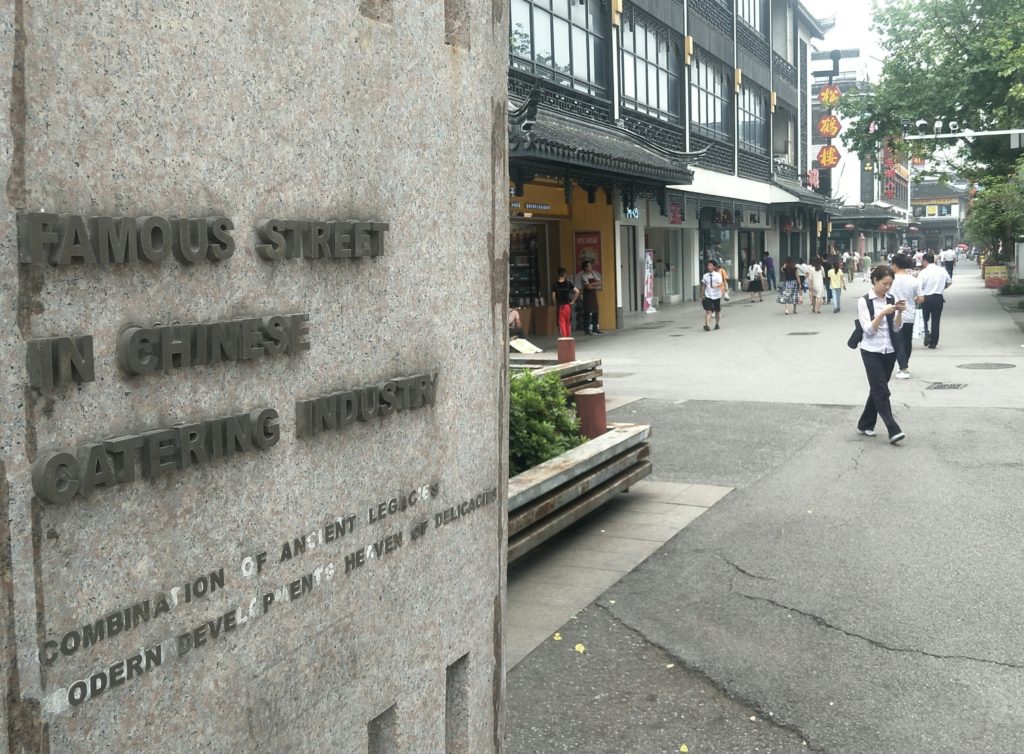
Nearly most Chinese cities have a pedestrian commercial street filled with shops, eateries, and more, and Suzhou is no different in that regard. Guanqian Road, however, is huge, and the network of streets, alleys and walkways here is truly labyrinthine.
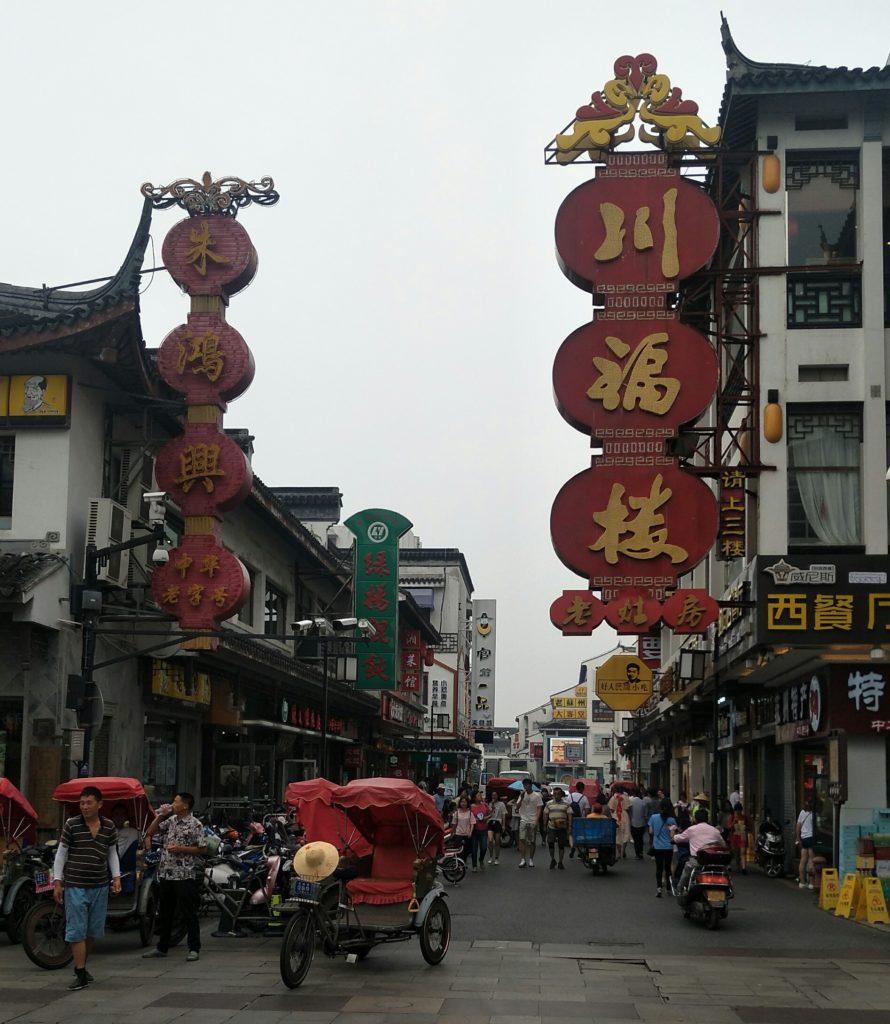
Like most places in China, there is a vast history here, but the most notable thing here is Xuan Miao Temple. It’s one of the largest Taoist places of worship in the Jiangnan region.
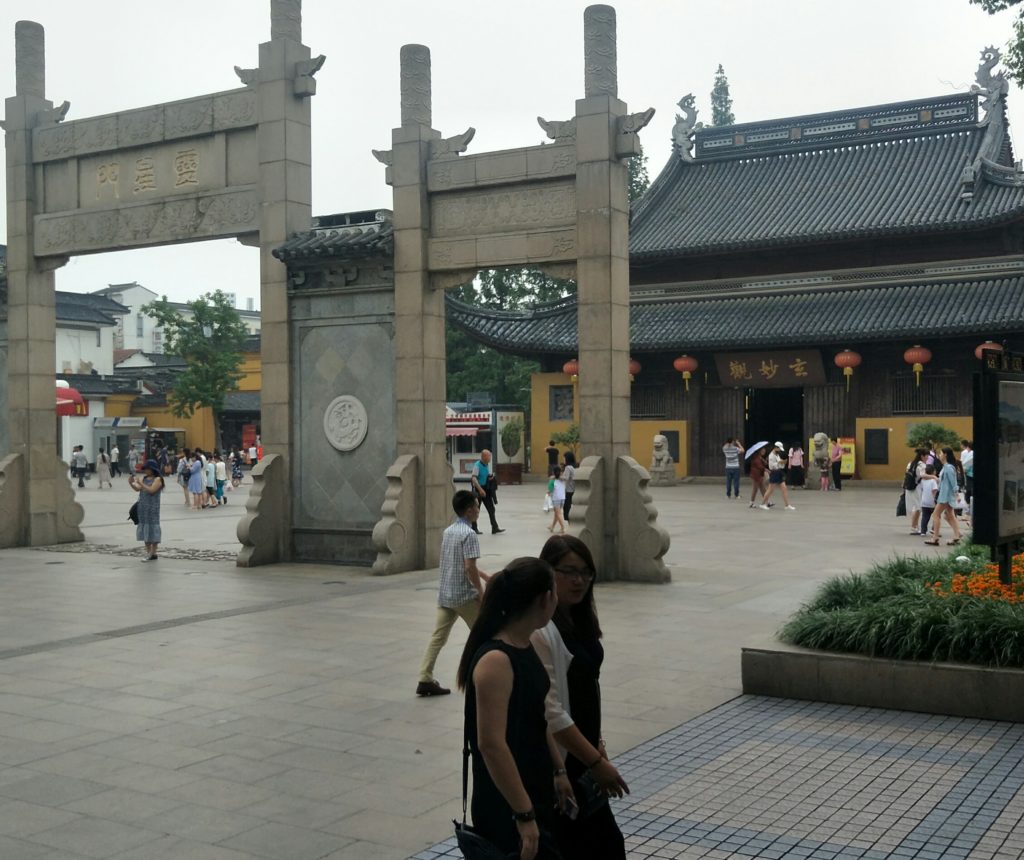
Truthfully, this area is so huge, it’s easy to get lost if you are a newcomer or casual visitor to Suzhou. I actually spent two hours here and ended up walking in circles. Essentially, I was trying to get back to the Leqiao subway stop — to get back to the central station to hop onto a train to Changzhou. Only, I didn’t know one important thing. Suzhou now has more than two subway lines, now. This area is so big, it has it’s old stop at Leqiao, but there is a separate one for Line 4, and that goes directly to the rail station with no need to interchange. None the less, I still walked in circles. I didn’t mind, at the time, because I got the feeling that this part of the city is large, and so crammed, that I could visit here several times and still see something I hadn’t on a prior visit.
